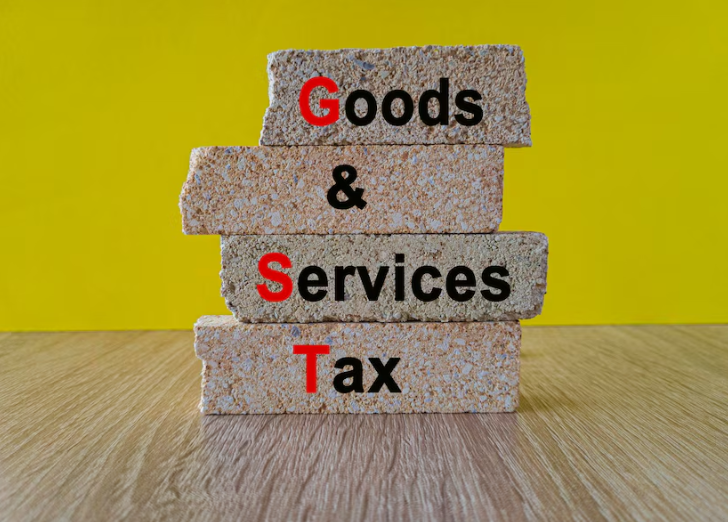If you are a business owner or taxpayer in India, you must be paying your income tax returns on time. It ensures a seamless tax payment regime in India. With the process gone online, using the income tax portal has become a necessity. Now, understanding the e-filing portal is essential for managing your tax obligations. But before you start with the process, having clarity on the login process is helpful. This blog post is your one-stop guide to accessing the income tax portal and unlocking its valuable features, making the e-filing process a breeze.
Steps to follow for Quick E-filing
Here’s a step-by-step guide for various login methods:
1. Net Banking (e-Filing Vault Higher Security enabled)
a. Go to the login page for the e-filing website.
b. Select “Net Banking (e-Filing Vault Higher Security enabled)”.
c. Enter your User ID and Password for the e-filing account.
d. You will be redirected to your bank’s net banking portal for second-factor authentication.
e. Enter your Net banking User ID and Password for second-factor authentication.
f. Follow any additional authentication steps required by your bank.
g. Once authenticated, you will be logged into your e-filing account.
2. Net Banking (e-Filing Vault Higher Security NOT enabled)
a. Visit the e-filing website login page.
b. Choose “Net Banking (e-filing Vault Higher Security NOT enabled)”.
c. Enter your Net banking User ID and Password.
d. Complete any additional authentication steps if your bank prompts you.
e. Upon successful authentication, you’ll gain access to your e-filing account.
3. Bank/Demat Account EVC (e-filing Vault Higher Security enabled)
a. Go to the login page for the e-filing website.
b. Select “Bank/Demat Account EVC (e-filing Vault Higher Security enabled)”.
c. Enter your User ID (PAN) and Password for the e-filing account.
d. Input the Bank EVC for second-factor authentication.
e. Upon successful verification, you will log into your e-filing account.
4. DSC (Digital Signature Certificate):
a. Access the e-filing website login page.
b. Choose the option for “DSC (Digital Signature Certificate)”.
c. Provide your User ID (PAN) and Password for the e-Filing account.
d. Use your DSC for second-factor authentication.
e. After successful authentication, you’ll be granted access to your e-filing account.
5. Login using User ID (for CA, TAN User, ERI, External Agency, ITDREIN user)
a. Visit the e-filing website login page.
b. Opt for “Login using User ID – for CA, TAN User, ERI, External Agency, ITDREIN user”.
c. Enter your User ID and Password.
d. Once authenticated, you’ll be logged into your e-filing account.
Remember to keep your credentials secure and avoid sharing them with anyone to maintain the security of your e-filing account. The portal is designed with robust security measures to ensure your data and information are safe.
Essential Prerequisites For e-filing
Before beginning your e-filing journey, ensure you have the necessary things in place:
● Registered User: You must be registered on the Income Tax e-Filing portal. If you haven’t already done so, take a few minutes to register. It’s a quick and straightforward process.
● Valid Login Credentials: Keep your e-filing portal User ID and Password handy. These are your access keys to unlocking the portal’s features.
The e-filing portal offers various login methods for your convenience. Here’s a breakdown of the two most common options and their prerequisites:
● Net Banking Login (Individual Users Only):
○ Linked PAN: Ensure your PAN card is linked to your bank account. This is a crucial step for accessing the portal through net banking.
● Digital Signature Certificate (DSC) Login:
○ Valid and Active DSC: This method requires a valid and active Digital Signature Certificate (DSC) registered on the e-filing portal.
○ Emsigner Installation: Download and install your system’s “emsigner” software. This software facilitates secure communication with the DSC.
○ Physical Requirements: Ensure your DSC USB token is properly plugged into your computer. Remember, the DSC must be procured from a Certifying Authority provider in India and be a Class 2 or Class 3 certificate for e-filing purposes.
Conclusion
Mastering the income tax portal log-in process and understanding the various methods available for accessing e-filing is helpful for efficient tax management. By following the step-by-step guide and ensuring the necessary prerequisites are in place, taxpayers and business owners in India can easily proceed with the portal. Remember to keep your credentials secure and explore the portal’s features beyond filing returns once you gain access.











